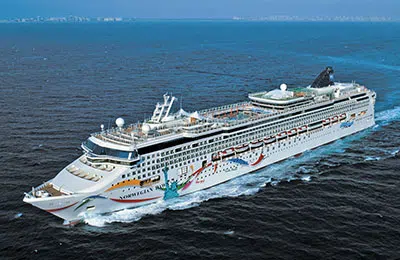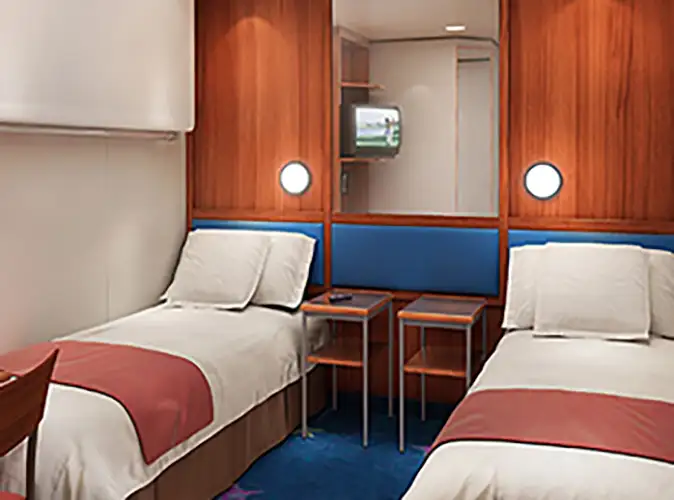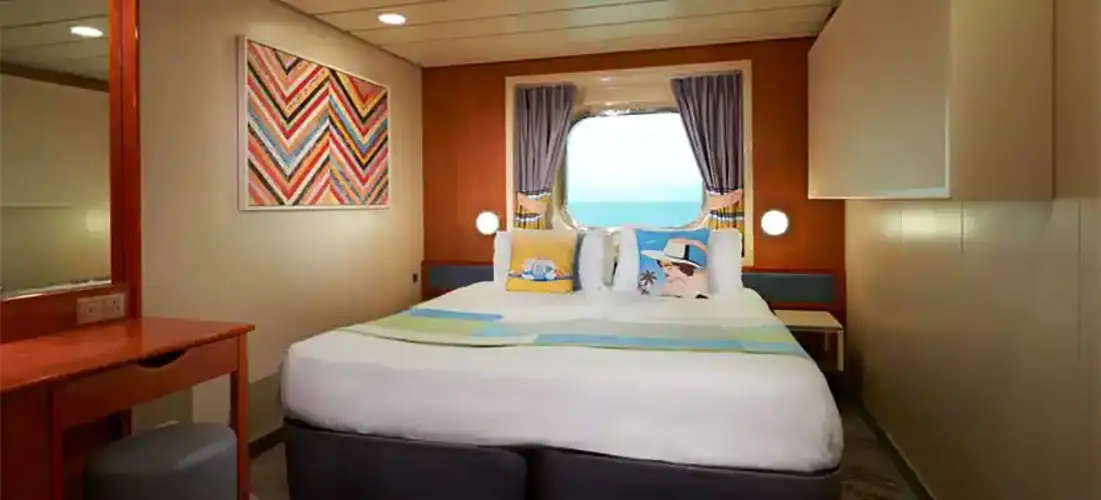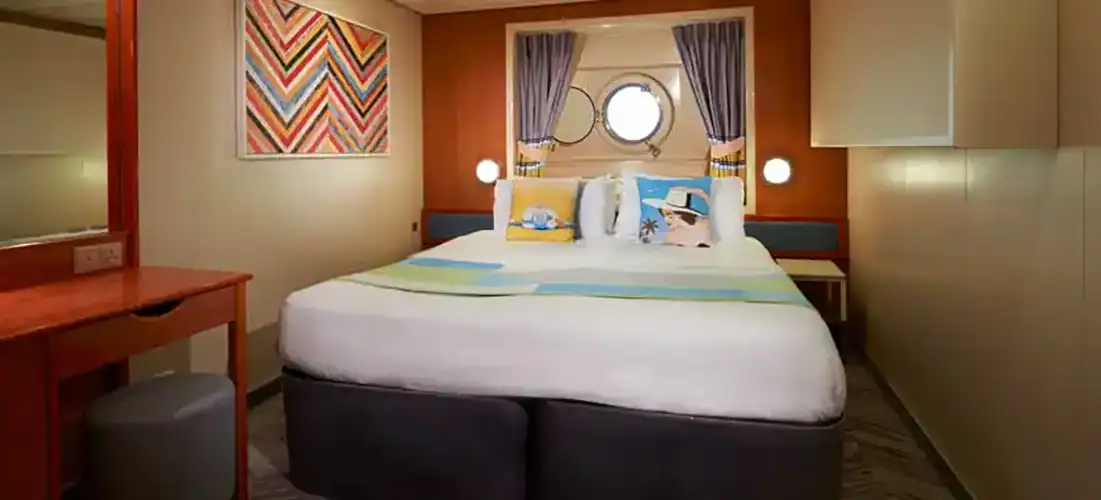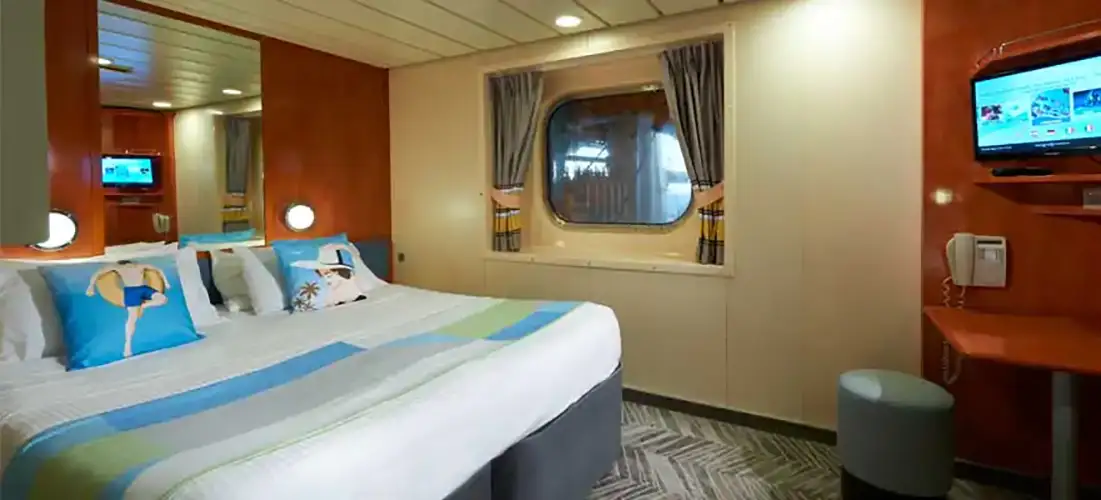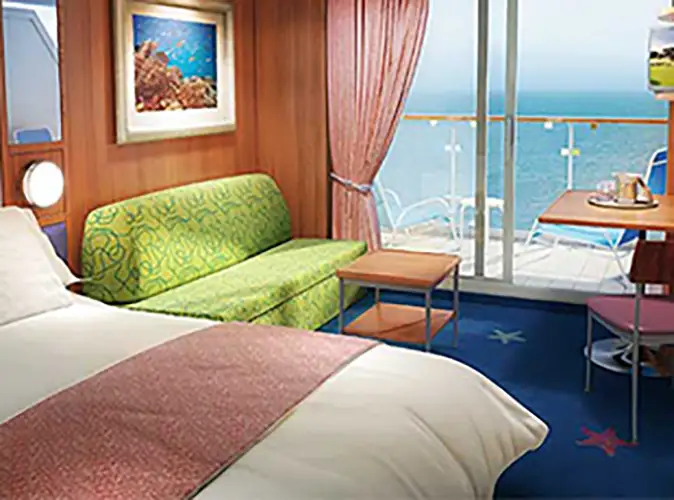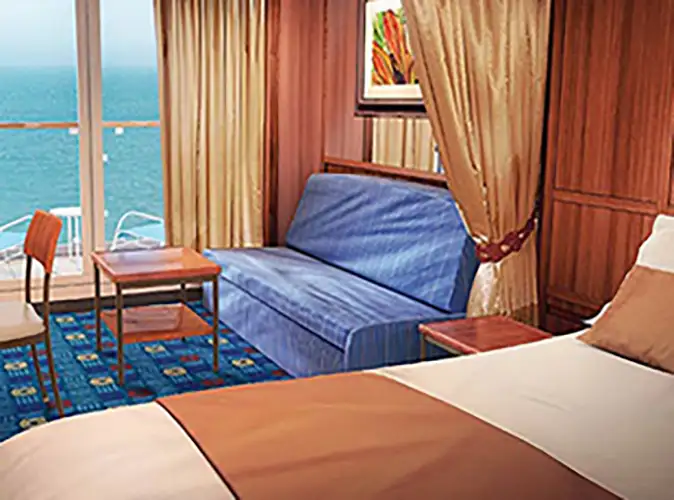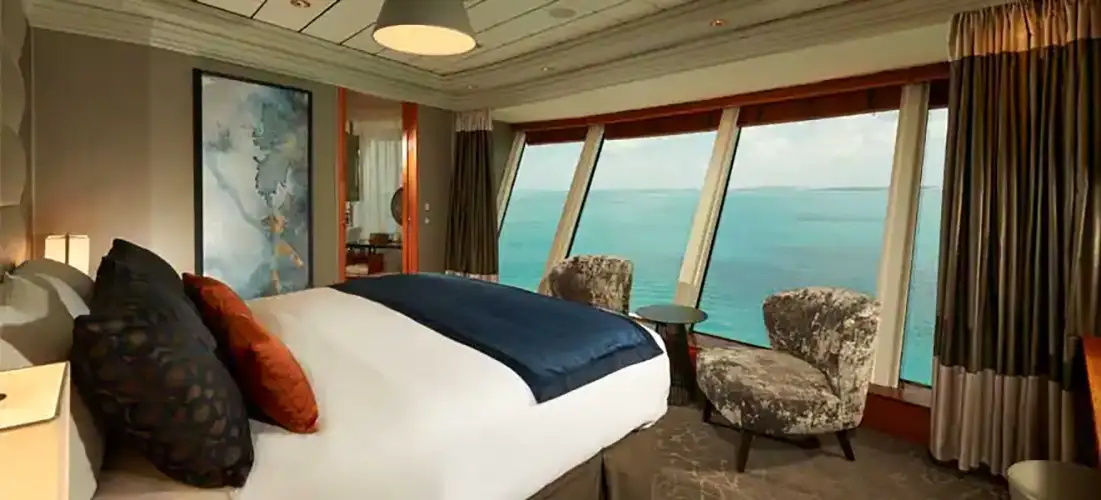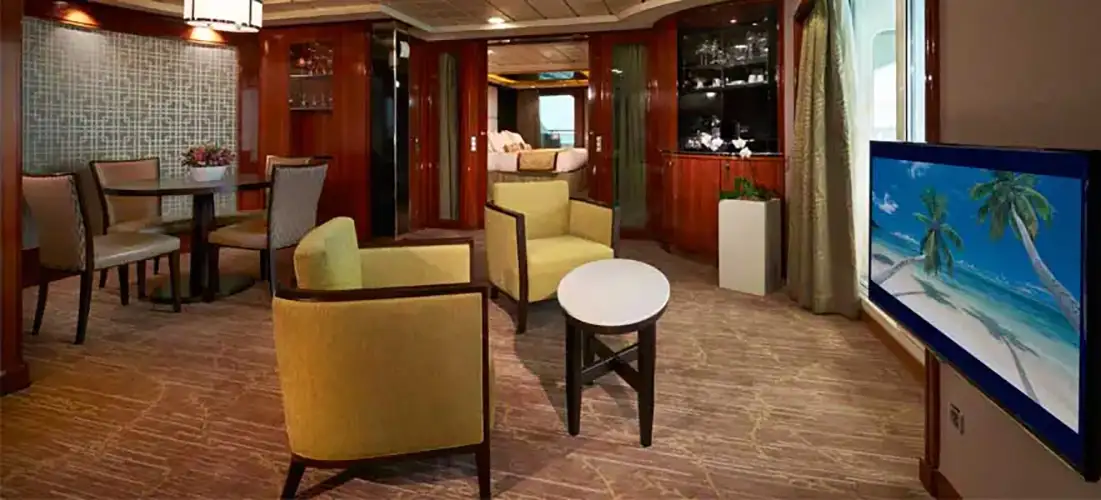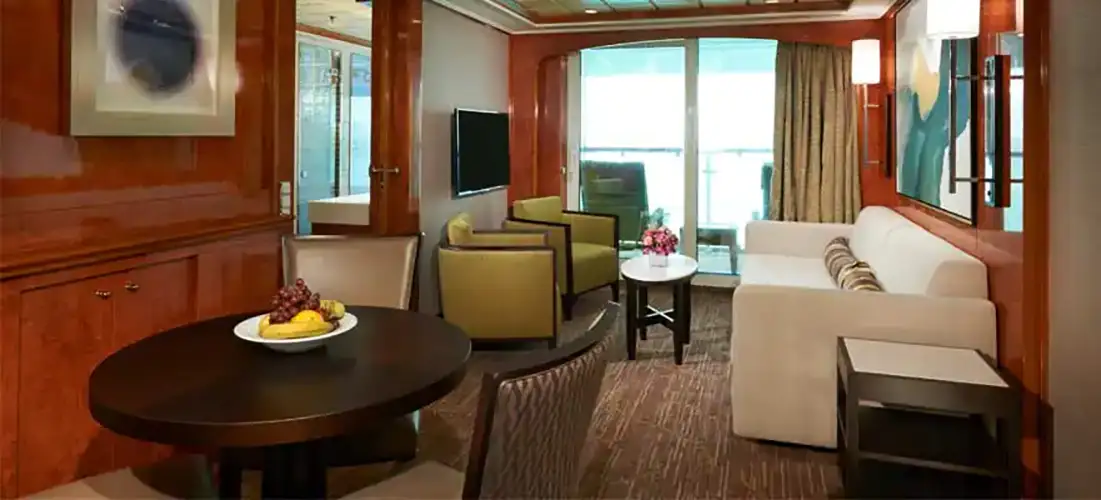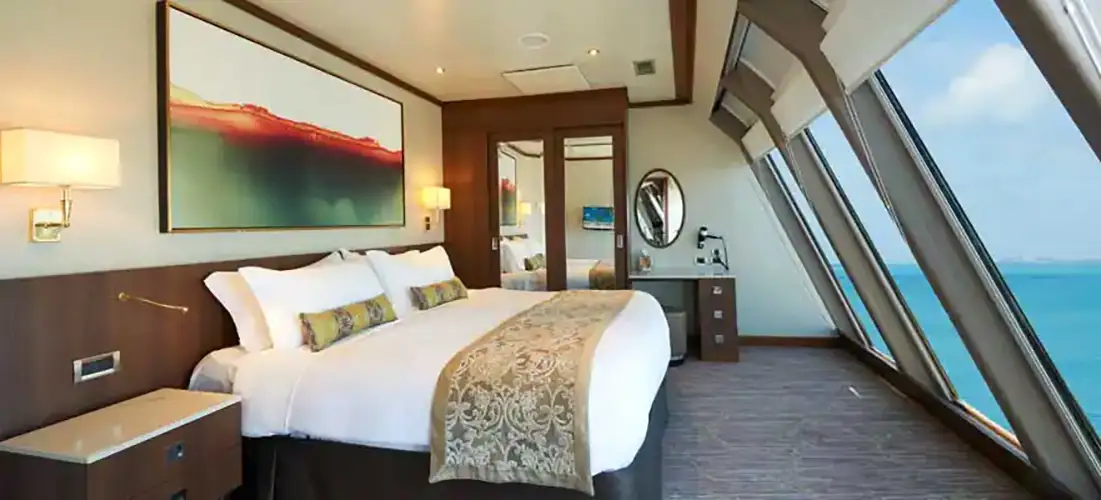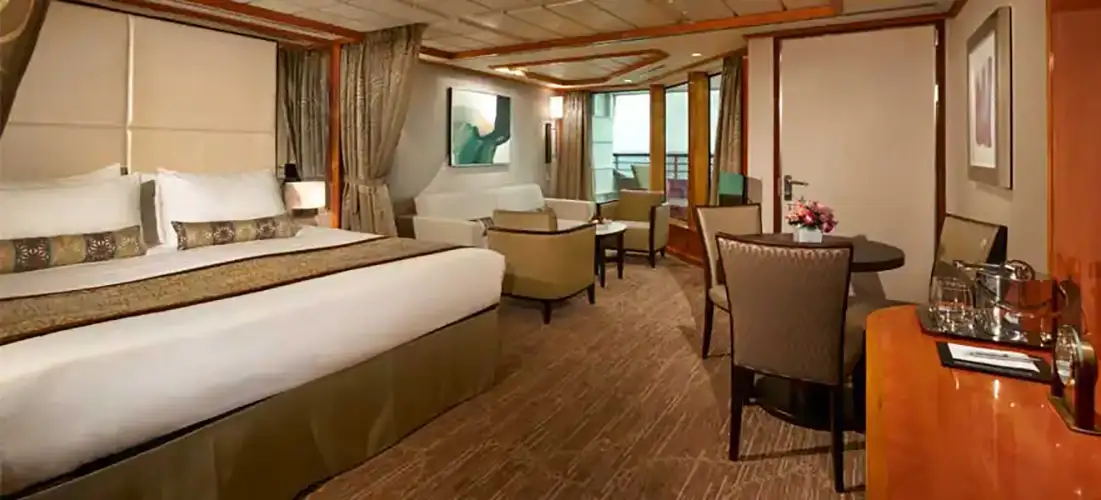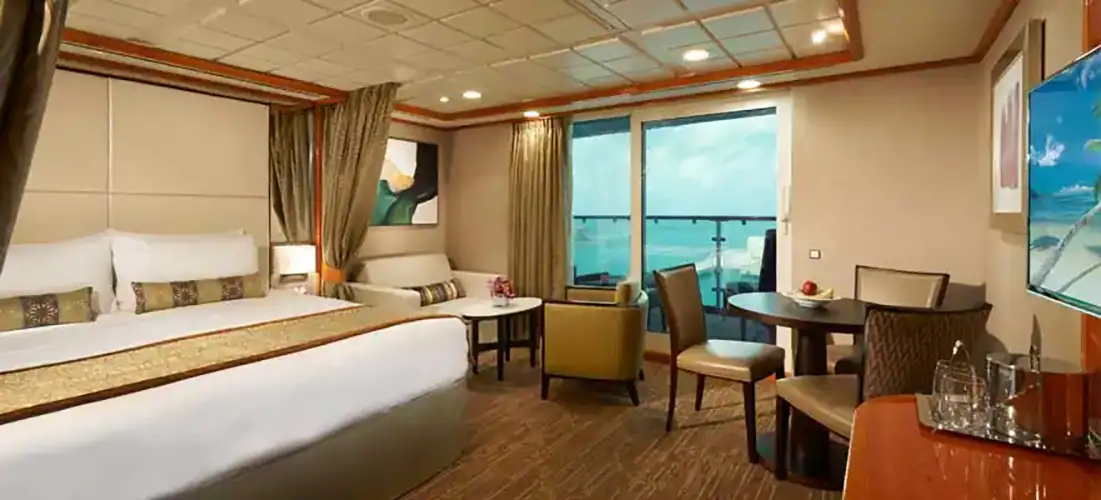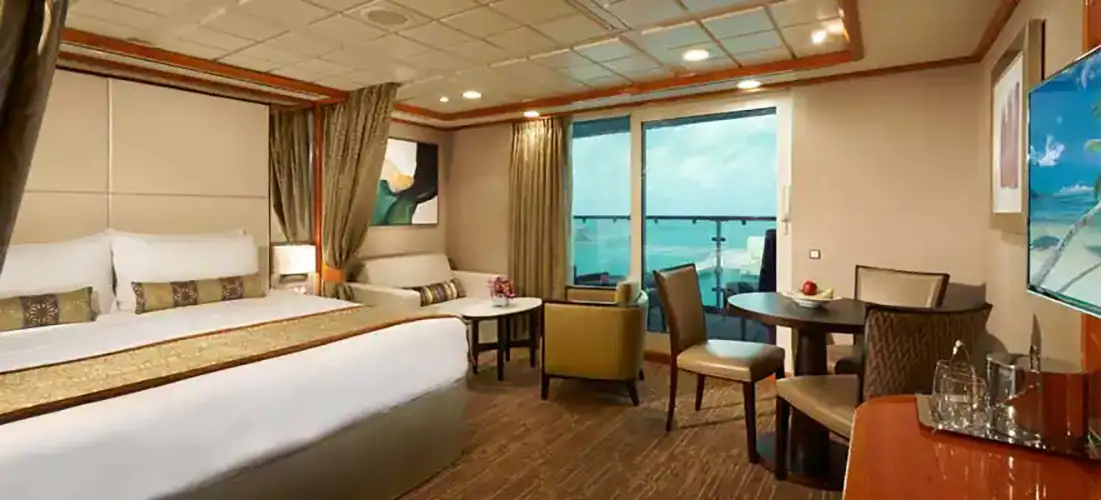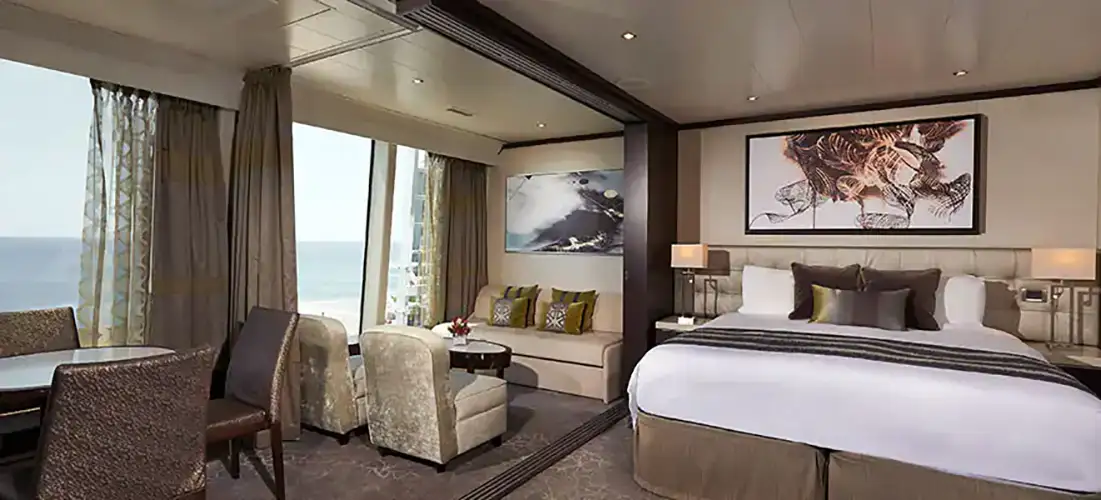13 nights from Civitavecchia (Italy) with Norwegian Dawn
Northern Europe: Italy, France, Spain, Portugal, Netherlands, United Kingdom, Belgium
Enter the number of occupants and age to view cabin prices
Cruise itinerary
-
Saturday, 3 May 2025 - 05:00Civitavecchia
-
Sunday, 4 May 2025 09:00 - 08:00Livorno
-
Monday, 5 May 2025 06:00 - 05:00Cannes
-
Tuesday, 6 May 2025 08:00 - 07:00Barcelona
-
Wednesday, 7 May 2025 -- --Navigation
-
Thursday, 8 May 2025 05:00 - 07:00Cadiz
-
Friday, 9 May 2025 09:00 - 07:00Lisbon
-
Saturday, 10 May 2025 -- --Navigation
-
Sunday, 11 May 2025 08:00 - 04:00Bordeaux
-
Monday, 12 May 2025 -- --Navigation
-
Tuesday, 13 May 2025 10:00 - 07:00Amsterdam
-
Wednesday, 14 May 2025 08:30 - 07:00Tilbury
-
Thursday, 15 May 2025 07:00 - 05:30Zeebrugge
-
Friday, 16 May 2025 07:00Le Havre
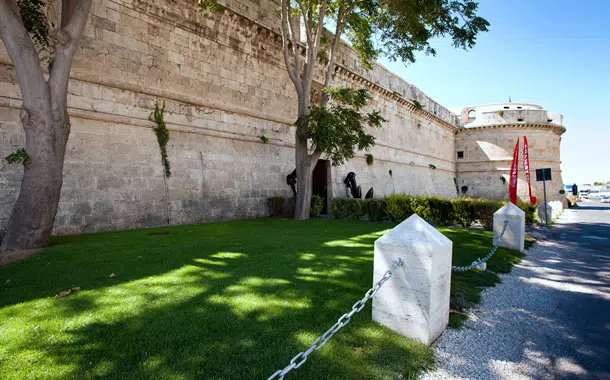
Civitavecchia
The port town of Civitavecchia is about an hour away from the Italian capital and is where ships will dock before bringing lucky holidaymakers into the city of Rome. It is an important port for cruise ships and ferries, connecting to Corsica, Sardinia and Barcelona. Civitavecchia is a town in the heart of Lazio. It is a small, sleepy town that overlooks the sea from behind the busy and chaotic commercial port.
Spreading out along the coast, the town is situated between the Mignon river to the north and the Marangone river to the south.
Civitavecchia is a port town in the heart of Italy, in the province of Rome, 80 kilometres northwest of the capital.
It is shrouded in art and history, and is rich in bays and coves with sandy and rocky beaches. Today the town is the departure point for many cruises and journeys around the Mediterranean. It is an excellent tourist destination where you can simply enjoy 'la dolce vita' or visit the amazing historical monuments. On a level with the majestic ancient capital, in terms of its monuments, gardens, villas and works of art, it also gives you easy access to the Tyrrhenian Sea, the Terme della Ficoncella, and the Etruscan ruins.
Civitavecchia will guarantee you an original and enchanting experience.
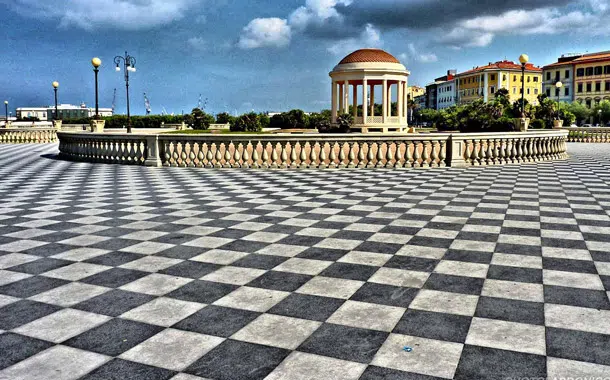
Livorno
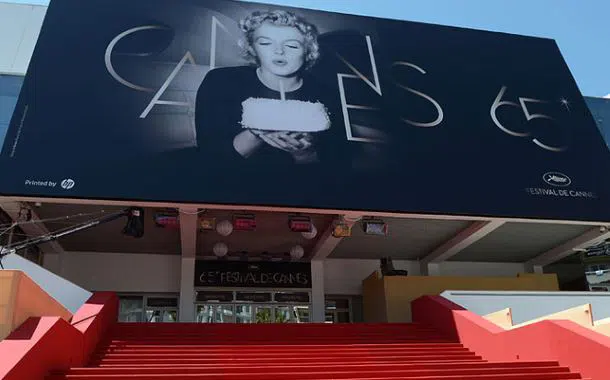
Cannes
Cannes is famous all over the world as the capital of cinema and it is the city of the movies stars and luxury. It is positioned between Nice and Antibes and offers a wide variety of touristic and cultural activities.
Cannes is also known for its beautiful beaches, its rich architecture, its mysteries and the history that confer the city a peculiar identity.
Cannes is in Côte d'Azur, on the Maritime Alps at a few kilometres far from Mandelieu la Napoule and close to the protected Esterel, known for its red rocks. On the east side there are Nice and Monaco and 60 kilometres far from the Italian boundary, there are Ventimiglia and Sanremo. On the upland of Cannes there is the city of Grasse, world capital of perfume.
In origin, the port of Cannes was positioned over a swamp. During the Middle Age, fishermen and monks settled down near Le Suquet and on Lérins Islands. In the XIX Century, the city started to spread its name. Lord Henry Brougham and Vaux, Chancellor of England, decided to settle in Cannes and started building sumptuous residences, drawing the attention of the aristocracy of all Europe. Cannes became rapidly a prestigious place known all over the world. From the castle on the top of a hill, you can enjoy a breath-taking view of the port. You can also find Castra Tower and a church dedicated to fishermen and sailors.
You cannot talk about Cannes without mentioning the famous Film Festival and the Palm d’Or, authentic symbol of the city. The Festival was launched in 1946 and it is one of the most famous cinematographic events in the world. The Festival takes place in the Palais des Festivals, at the end of the Boulevard de la Croisette.
The Film Festival, though, is not the only important event in Cannes. Other events give the rhythm to the life of the city, such as MIDEM MIPCOM, important for the music and television world. Also the International Festival of Pyrotechnic Arts, the International Festival of Game, the International Festival of Ballet and many more.
The best way to discover the beauty of Côte d'Azur and the surrounding area is a holiday in Cannes.
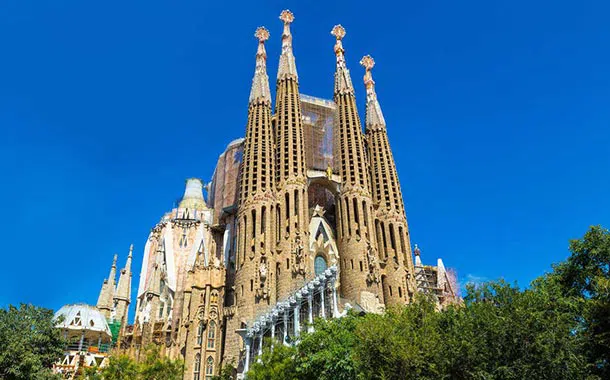
Barcelona
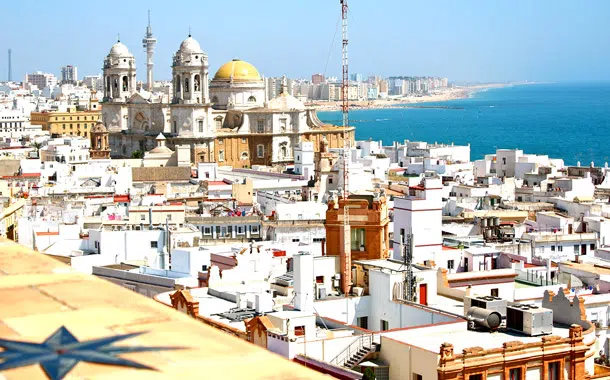
Cadiz
Cadiz is a port city with wide boulevards, squares and gardens with an atmosphere rich in history
Cadiz is an elegant city offering buildings dated back to XVIII and XIX Centuries. The City has a long and charming history: discover its monuments, the museums and all the amazing places where you can taste good food and have a drink. What makes Cadiz special it’s the people that are open, have a great culture and are independent. The majority of them enjoy life and the company of their friends in the many bars and squares of the city.
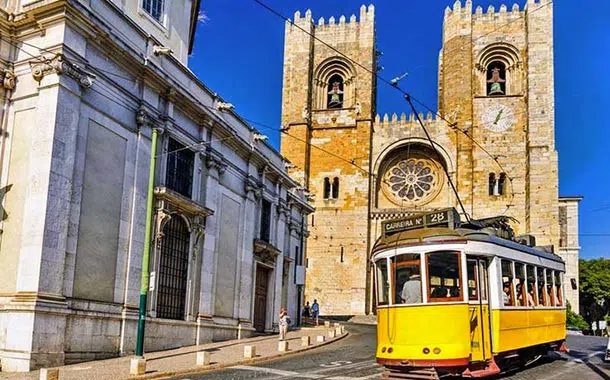
Lisbon
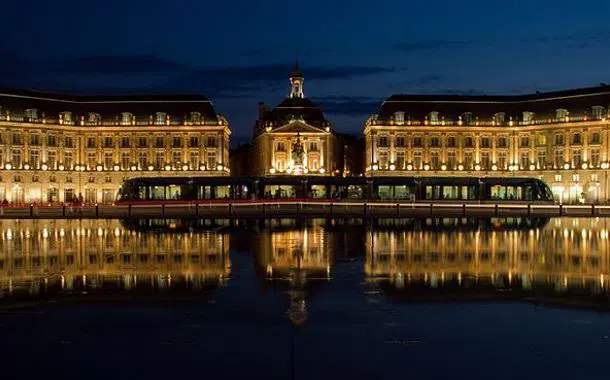
Bordeaux
Bordeaux is city on the Atlantic Ocean and its port hosts big ships. The city had initially the name Burdigala and was established in III Century B.C. by the Gallic people.
It was a neuralgic centre for the International commerce of tin and lead. After the arrival of the Romans, Bordeaux becomes one of the richest cities of Gallia and is robbed many times by populations such as Visigoths and Vandals. With the passing of time, the City starts economic relationships with England trading in salt and wine and, in XVI Century, also the colonial sugar and slaves start having a leading role in the sustenance of the city.
Bordeaux has a liveable city centre that can be visited by foot and that offers beautiful attractions and energy. At night, the city get crowded with young people filling up the main squares and the bars where you can taste excellent wines and plunge in the romantic atmosphere that the city assumes after the sunset. You can’t miss out Château de la Brède, a gothic style castle dated back to XIV Century, surrounded by a moat and an English garden. The philosopher Montesquieu lived here and tourists can visit his library and his bedroom that are just like they were in XIX Century.
We suggest to visit also the beautiful Saint Eloi Church. Established in XII Century, the construction and renovation works lasted until 1400’s. The current structure is dated back to this period. The church is one of the stop-overs of Santiago de Compostela walking tour and is part of UNESCO World Heritage. Bordeaux offers a wide variety of gastronomic and wine choices. There are many restaurants and bars where you can taste the best wines on the market and an amazing cuisine.
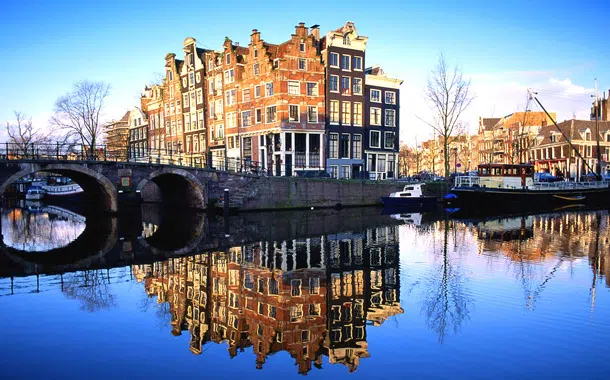
Amsterdam
Amsterdam is a charming city with a particularly relaxing and serene atmosphere, despite its large size. The city has been a World Heritage Site since 2010 and has buildings dating back to the sixteenth and seventeenth centuries. It is no coincidence that it is one of the most visited cities in the world.
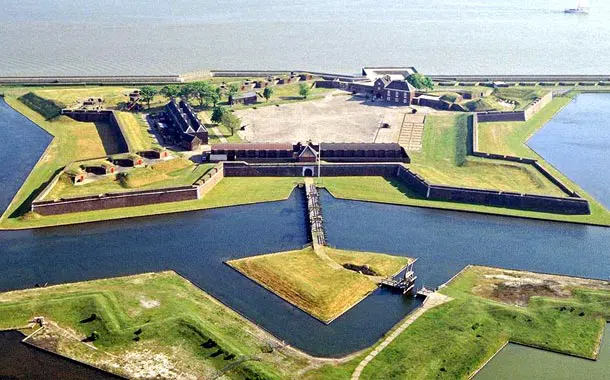
Tilbury
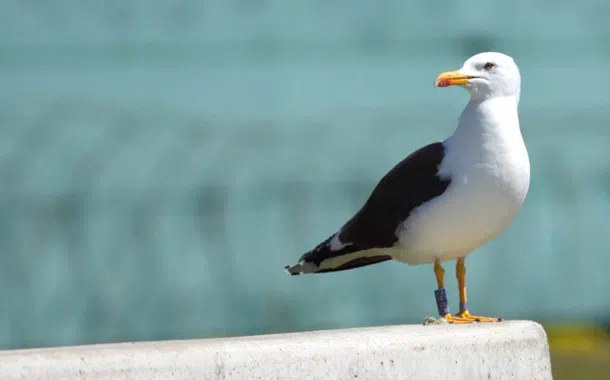
Zeebrugge
Connected to Bruges by 7.5-kilometer canal, Zeebrugge is a seaside resort that looks to the future.
On the sea front, hotels and cafes offer a warm welcome. Zeebrugge is the most important Belgian fishing port. The Zeebrugge wholesale fish market, located in a modern complex in the inner port, is one of the largest and sophisticated of its kind in Europe. Zeebrugge also has an attractive tourist port that can contain a maximun number of 100 ships. Furthermore, its geographical position is very convenient, near the beautiful city of Bruges, the trendy seaside resort of Knokke and the picturesque village of Lissewege.
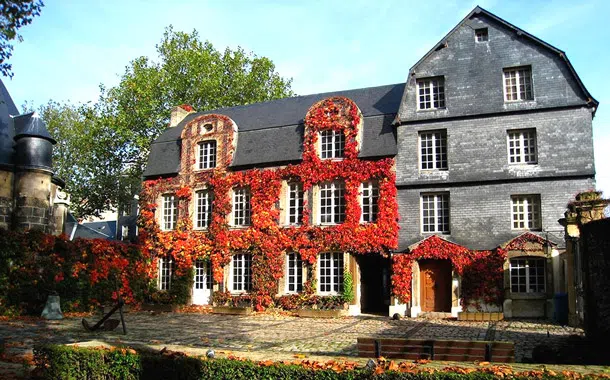
Le Havre
Le Havre is worth a visit, not only as a stopover on the way to Paris or other inland destinations, but also as one of the great examples of post-war planning. It is a strange and strangely fascinating city, listed by
Unesco as a World Heritage Site.
Wandering through the streets of the seaside town of Le Havre, one might think one had stumbled upon a forgotten outpost of the Eastern Bloc. Obliterated by World War II bombings, the city was completely rebuilt by the Belgian architect Auguste Perret and, what emerged from the ashes of old Le Havre, is a kind of love letter to concrete: endless rows of blocks of buildings, straight avenues stretching out from the central square, dominated by the 100 m high 'Stalinist Baroque' style cathedral, looks like something straight out of the pages of '1984'.
